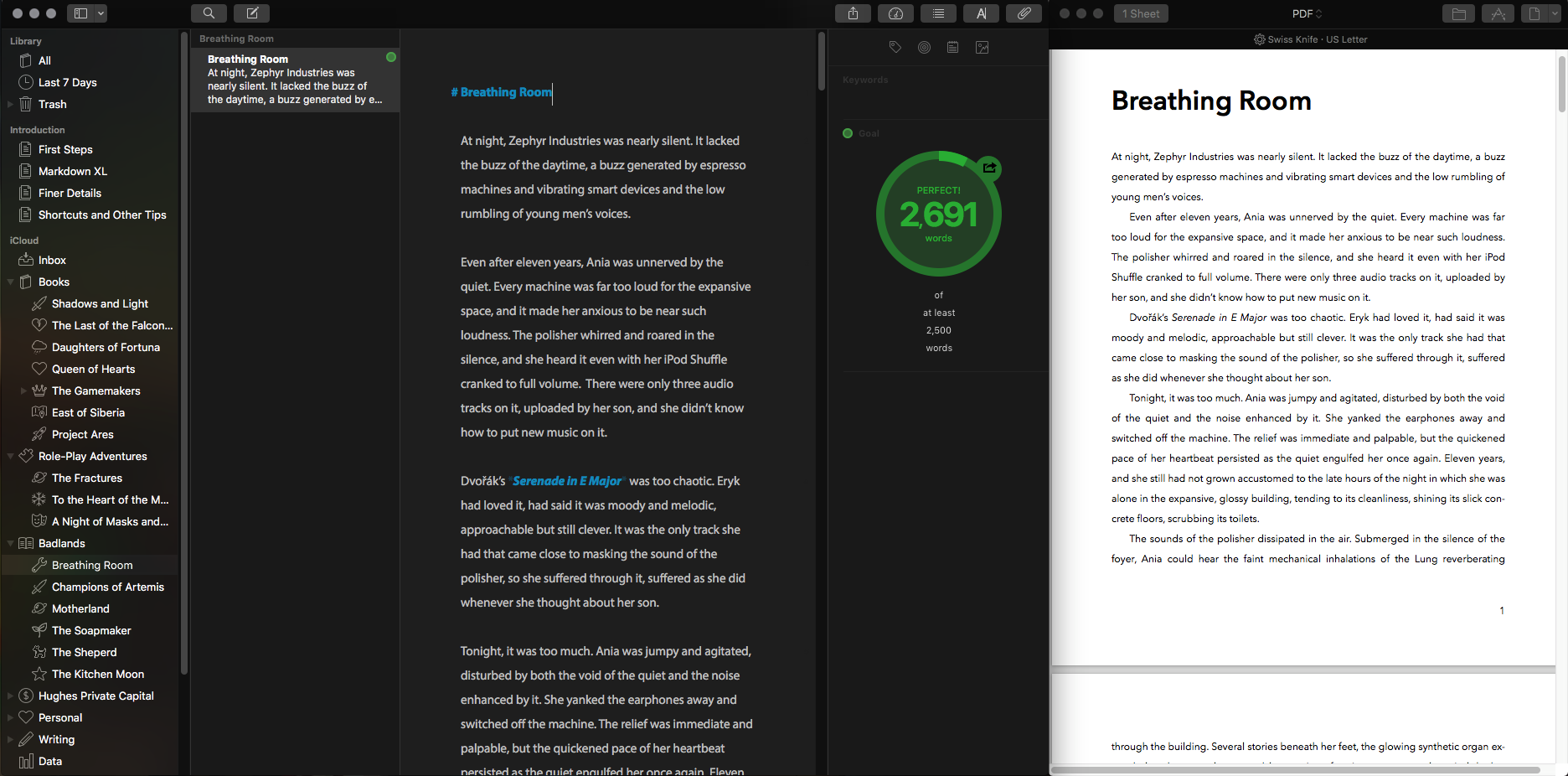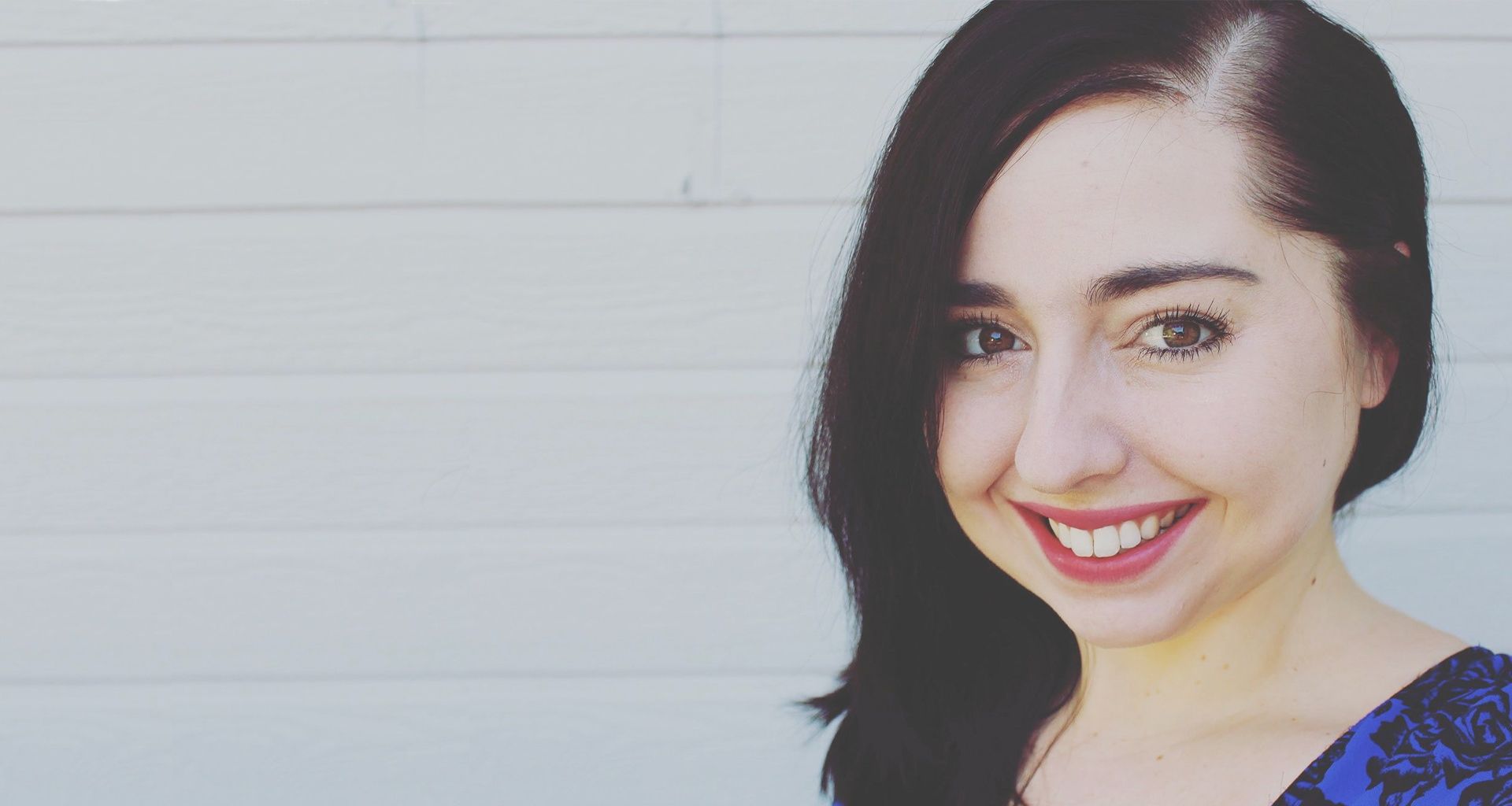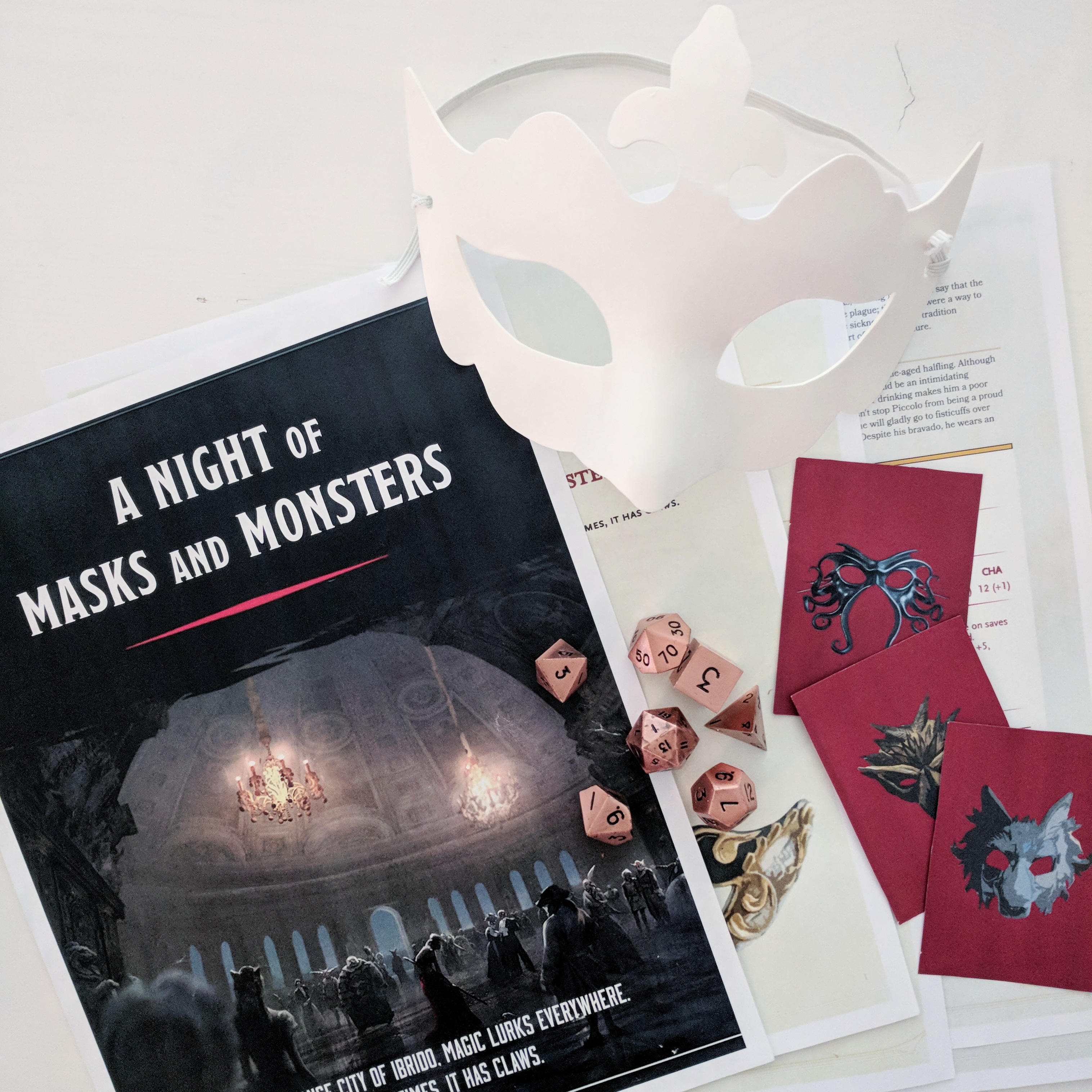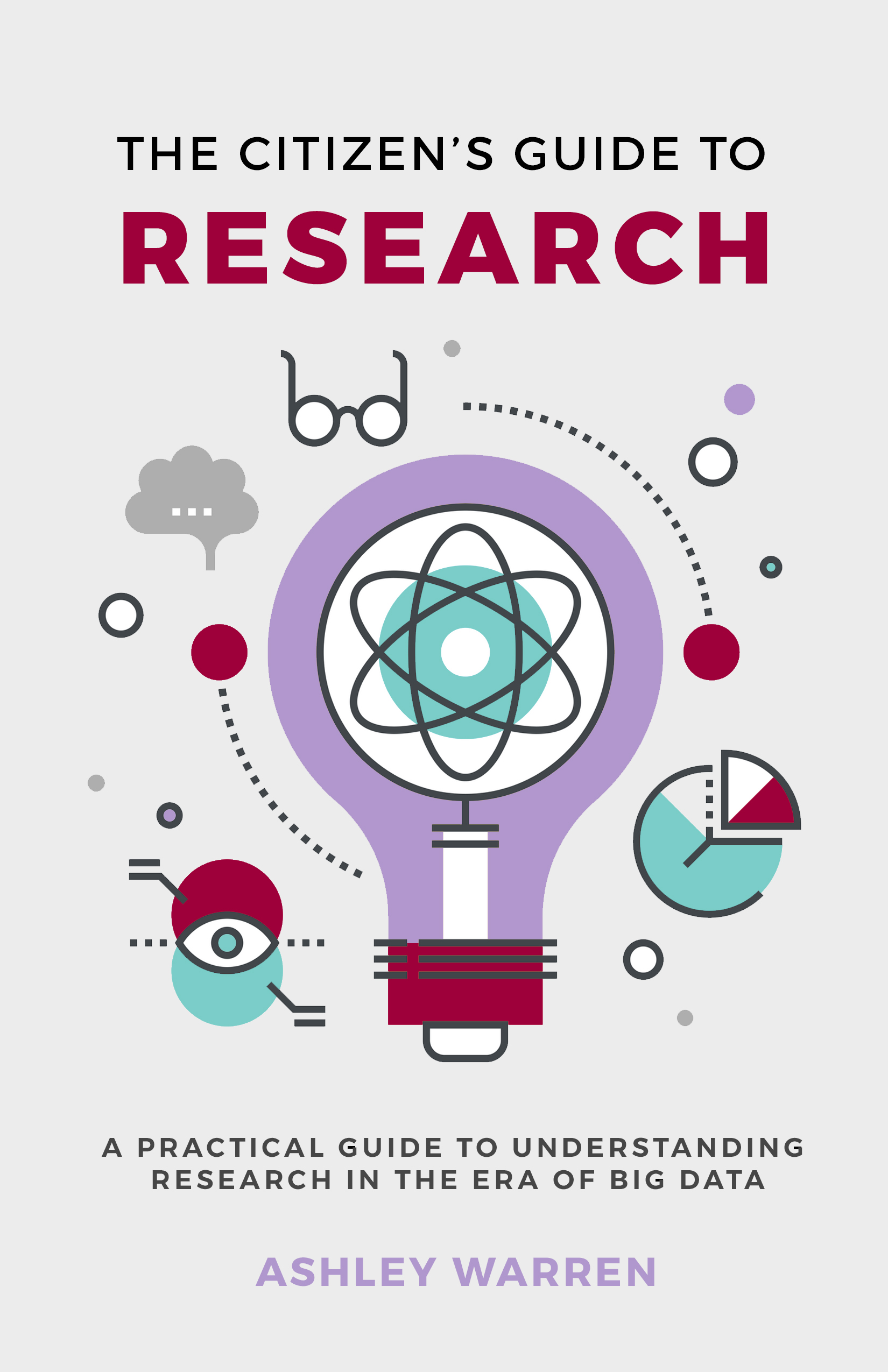Ashley Warren’s world is about writing. As a content and research strategist, she composes blog posts, newsletters, social media posts, and white papers. As as creative writer, she lets mostly female protagonists embark to fantastic adventures in imaginary worlds. In our interview, she talks about how she got into writing, self-publishing, as well as her routines and workflows.
Please tell us something about you and what you are working on.
I’m Ashley Warren, and I’m a writer and researcher in Reno, Nevada. I live here with my husband, Andrew, who is a robotics engineer, and our cat, Sofie. Daily, I wear several hats: I’m a content, UX and research strategist; a research and writing consultant; and a creative writer. I hold a Master’s degree in Literacy Studies from the University of Nevada-Reno, which helped me hone both my research and writing skills.
My brain is regularly split between logic/analysis and untamed creativity. Right now, I have two main projects for early 2018: a speculative fiction short story anthology — working title Badlands — about how people are shaped by their environments; and a cross-genre role-play game (RPG) campaign called The Fractures. RPGs — such as Dungeons & Dragons — have really changed the way I approach storytelling, since it requires a logical approach just as much as a creative one: how can players get from point A to point B in the most interesting way possible? How can I create a unique, interesting world and atmosphere that people can delve into?
Which role does writing play in your life?
My whole world is about research and writing! I used to be a journalist; I was a staff writer for the Record-Courier newspaper and the Reno News & Review, and a contributing writer to various publications including GOOD.is. After graduate school, I taught English 101 at local institutions. Now, I work as a content and research strategist, so I write blog posts, newsletters, social media posts, and white papers.
Formerly, I was the editor of two literary journals, and in the past few years I’ve made creative writing a bigger priority in my life. Lately I’ve been focusing on game design by writing and publishing RPG adventures, which is a fun and unique form of storytelling, and it’s exciting to create a world and see how people interact with it. (My latest adventure, A Night of Masks and Monsters, is free on DMsGuild.com.) The community around it is awesome and encouraging. I also write short stories regularly, some of which will hopefully be part of an anthology this coming year. And I completed National Novel Writing Month in November, and wrote a novel called Daughters of Fortuna, a supernatural retelling of Master and Commander.
What made you start writing in the first place?
Being a writer has always been a core part of my identity. I was a voracious reader as a child, thanks to my mother, and the stories I loved impacted me deeply. It’s hard to love reading and not also want to write. So I’ve always tried to find opportunities to put pen to paper, whether that was journalism or poetry or short fiction. Finding publishing opportunities at a young age certainly fueled the fire. I started writing for a local newspaper at 14, and had work published in Teen Ink magazine (a big deal for me at the time!). This was when social networking was gaining popularity, so blogging also gave me a new avenue to share my work with the world and meet other writers.
Which are the subjects of your novels and stories, and how do you get your ideas?
I enjoy blurring the lines between reality and unconventional worlds. I almost always write about women; not just because I am one, but I’m fascinated by how women are shaped by their life experiences, and because I strive to portray women as the complex human beings they are. I gravitate toward speculative fiction, although I rarely write “pure” fantasy or science fiction. I like seeing interesting heroines challenged through greater forces.
I have synesthesia, so I’m usually inspired by color and tone and “feel.” I’m big on atmosphere, so I almost always start with: “What mood am I trying to capture with this story?” Music and visual art helps, not so much as prompts, but helping me determine pacing and setting. I start every project by creating a playlist and a mood board.
You’re also offering your service as a researcher. Could you describe what this work is like, possibly using a recent assignment of yours as an example? Who are your customers?
I work as a research consultant for writers around the world. This varies with every project; most of the time, this consists of doing some research for novelists, such as checking facts, creating a research schedule, or digging up historical documents. A notable project was doing research for Amelia Gray’s novel, Isadora, which is about the famous dancer Isadora Duncan. I had to take some unconventional routes to acquire some images from the early 1900s published in foreign publications.
More often, I work with journalists, helping to pull stats or resources for their work. And I do quite a bit of consulting with designers for user experience projects: running usability tests and focus groups or forming mixed-methods studies.
You’ve also published a non-fiction book, The Citizen’s Guide to Research. What is this book about, and who should read it?
The Citizen’s Guide to Research originally began as a weekly email series to help people learn how to apply research to their day-to-day lives. The first half is about how scientific and academic research is conducted and funded; the second half is about learning how to be a citizen researcher. There are also interviews with scientists and librarians.
My friends and family ask me research questions daily, so I thought more people could benefit from a fun, engaging, and approachable guide to research. It’s a great resource for students or professionals who want to be a savvier citizen.
As a self-publisher, how do you find your audience?
It depends on the project! I like to read the same genres I enjoy writing, so I always think about how I discovered a particular piece, and recreate that route for people to discover my work. Part of it is being a collaborator, rather than solely a creator, and actively supporting other writers’ work. I’m active in online writing communities, and this has always yielded great new connections and opportunities for me. Supporting other writers can help you access their readers.
And part of it is time. It takes time to develop an audience and a following. Success is totally relative, and doesn’t happen overnight. Having regularly-updated social profiles can help, and a newsletter to keep readers in the loop. And of course, investing time into your work, from the editing to the design, usually pays off long-term.
Do you have any tips or advice for aspiring authors playing with the thought of self-publishing their books?
Self-publishing is an awesome option, but you have to treat it like a professional. This means investing in — and sometimes outsourcing — your editing, design, and marketing. I think self-publishing, when done well, is empowering, but too much clutter in the space has given it kind of a bad reputation. It’s super exciting to see a book of your work, but are you contributing something worthwhile to the world?
It’s super exciting to see a book of your work, but are you contributing something worthwhile to the world?
There are also many ways to self-publish writing beyond a traditional print book. I’m really excited about new avenues of self-published/self-produced work, such as narrative podcasts, serialized stories published on platforms like Medium, alternate reality games that function more like literary scavenger hunts, web comics and zines, RPG adventures. With an abundance of free web tools to create multimedia, I don’t think self-publishing needs to be remain a print-only avenue. I encourage authors to think about creating something really outside the box!
What is a typical day in Ashley Warren’s life like?
I usually get up around 7 a.m. and have a big cup of coffee. (Coffee is life!) Almost always I have an unfinished project from the night before (I go to bed around 11 or midnight, and much later on the weekends!), so I try to continue from where I left off. It’s always interesting to see my writing in the light of day.
I’ll get ready and work from home for a couple hours, then head to the Reno Collective coworking space around 10 a.m., where I’ll work until about 4 p.m. Sometimes I have meetings, so I’ll go into the office and collaborate with my team.
Then, I head to the gym. I get a ton of writing and brainstorming done at the gym (I even have my favorite “writing elliptical” that doesn’t jostle me too much, so I can take notes while moving). Listening to music and moving my body do wonders for my creativity. After that, I go home and hang out with my husband, and usually kick out some more work while watching my favorite shows. He’s an early bird and goes to bed before I do, and I take the time alone to listen to music and write.
Which tools and apps do you use?
I am a devotee to the tools I love. Right now, my favorites are:
- Ulysses for writing and research
- Evernote for general notes (including audio notes)
- Asana for project management
- Spotify for good music vibes and playlists
- Pocket for keeping track of great articles and content to revisit
- Slack for networking and communication
- F.lux for automatically adjusting my screen brightness and warmth throughout the day so I don’t get eye strain
What else is important to keep you productive? As an example, do you work in a certain environment or follow a timely routine?
I work out of a coworking space, the Reno Collective, which has great natural lighting and an endless supply of free coffee. I love being a part of a community, but still working independently. It’s good for me to have some flexibility in my day. Typically I work well into the evening (and I love writing late at night), so being able to get out of the house and have a dedicated workspace, without the pressure to be there from 9-5, helps me be productive.
In the past few years, I’ve tried to award myself some time every day to just think and daydream. Sometimes that means browsing Pinterest for a half hour, sketching in a notebook, or working out.
Could you please describe the way you’re using Ulysses, your typical workflow?
I always start by creating a new group, since I plan to have multiple documents for every project. The first sheet is for general notes and thoughts, and some loose outlining. Then, the next sheet (or sheets, for a book) is where I do the actual writing. I set a word count for every sheet, and will usually add an image, too. I almost always end up adding another sheet for lines or paragraphs that don’t have a place yet. Even short stories tend to require multiple documents for organization and research.
Once I’ve refined my main document, I use the preview mode to edit. It helps me to see the work without the markup and visualize what it will look like when it’s published.

What do you like best about Ulysses? Do you have a favorite feature?
I absolutely love the minimalist interface. It makes it so easy to just get started! Something about a blank page entices me and makes me want to write. I never, ever close the app; it’s open 24/7 on my MacBook. My favorite feature is hands-down the word goal. I’m a sucker for visualizing data, and I like seeing how close I am to my target word count without it being an intrusive counter.
My favorite feature is hands-down the word goal. I like seeing how close I am to my target word count without it being an intrusive counter.
Another feature I love: custom icons. I like to distinguish between my projects, and I get a ridiculous amount of joy from selecting the appropriate icon for my files. (My favorites are the sword and the rocket ship.)
Lately, I’ve been submitting work to literary journals, so the preview option has been a great way to finalize my documents before sending them out into the world.
And lastly, I use the dark theme/mode religiously. Since I often write at night, this mode has been so good for my eyes. I use it in conjunction with F.lux, so I can ensure that I’m not doing lasting damage to my sight by staring at a computer screen until 2 a.m.
Connect with Ashley on her writing website and blog, where you can also read some of her short stories. For research, visit ashleywarrenresearch.com. She’s active on social media: Instagram, Twitter, Facebook, and Pinterest.


